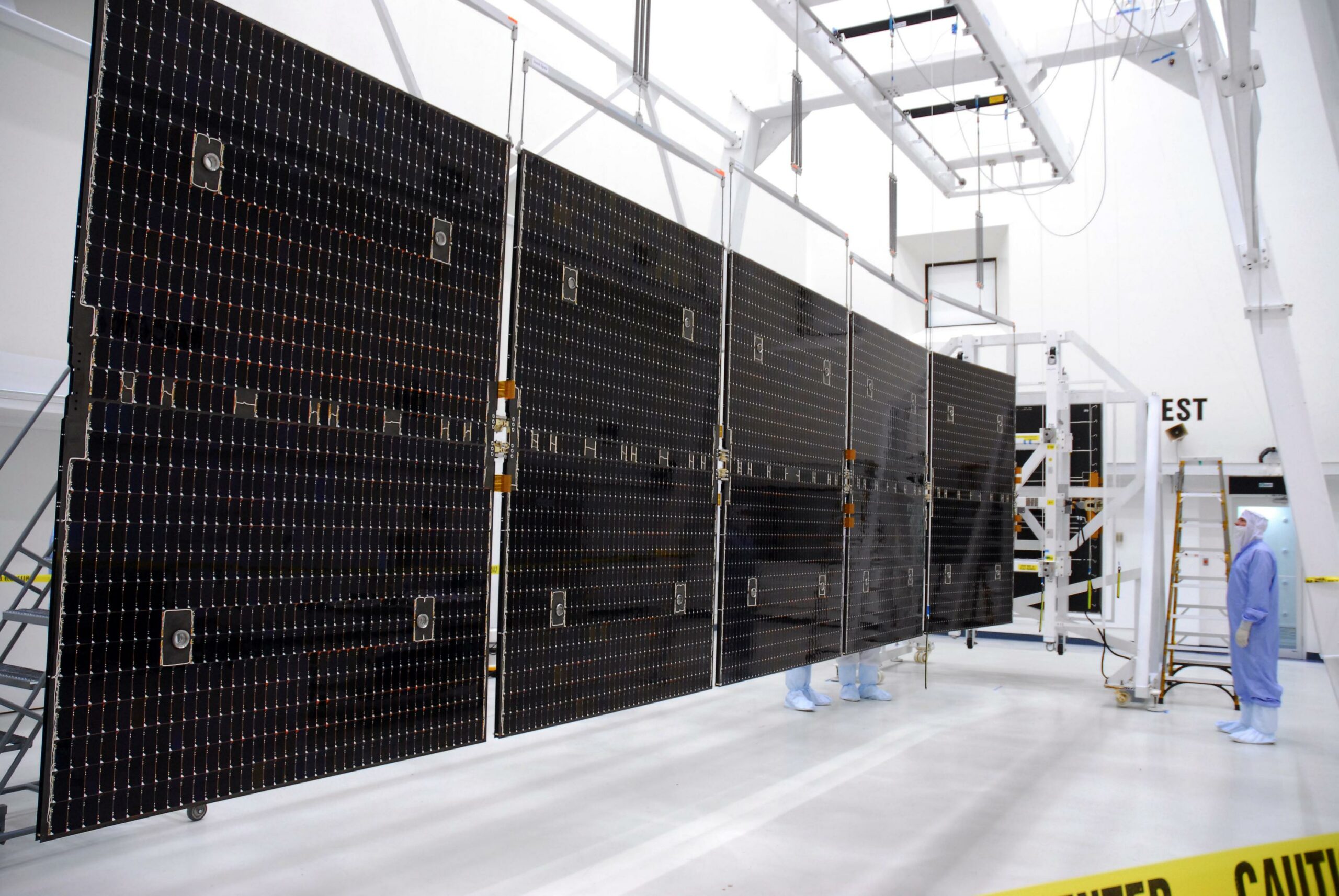 BBC News
BBC NewsBorrowing was £17.4bn last month, the second highest October figure since monthly records began in 1993.

Dinesh Dhamija
In the 70 years since the invention of the silicon photovoltaic cell, its efficiency has risen enormously, and its cost plummeted.
But now, with the arrival of a revolutionary new technology, solar energy is poised to become dramatically more efficient and cheaper. Perovskite solar cells (PSCs) are made from materials such as calcium titanium oxide which share a crystal lattice formation. What’s amazing is how they can be manufactured at low cost, with up to 45 per cent efficiency, compared with silicon cells which are expensive and only hit around 26 per cent efficiency.
In scientific language, PSCs have a greater variable energy bandgap than silicon PV cells. In other words, they absorb more of the sun’s energy. Perovskite itself was named in 1839 after Lev Perovski, a Russian mineralogist. Yet it was only in 1999 that Japanese researchers first used the material for solar cells. In 2010, a spin-off from Oxford University Physics, Oxford PV, sought to commercialise the technology. “We have raised power conversion efficiency from around 6 per cent to 27 per cent,” said Dr Shuaifeng Hu at Oxford University Physics. “We believe that, over time, this approach could enable the photovoltaic devices to achieve far greater efficiencies, exceeding 45 per cent.”
Besides cost and efficiency, PSCs are just one micron thick, almost 150 times thinner than a silicon wafer. This means that they can be coated onto buildings, clothes, cars, plastics or almost any surface, which would help to make solar energy by far the most popular and accessible form of renewable energy. It would also reduce the need for solar farms and panels, making solar energy an integral part of our lives.
Next year, Oxford PV plans to produce silicon-perovskite tandem cells for high-value industries such as aerospace, followed in 2026 by products for the residential housing market, then for utilities in 2027. But first, the company – along with other PSC manufacturers – has to overcome degradation from moisture, oxygen and heat: PSCs are more sensitive than silicon panels, and to ensure that any lead used in their manufacture does not pollute the environment (or else find a way to make them lead-free).
These are exciting times for solar energy pioneers. When you read about breakthroughs such as this, with the potential to double the power of the technology, slash its cost and potentially apply it to every building in the world, you realise what extraordinary progress could be made in just a few years.
Dinesh Dhamija founded, built and sold online travel agency ebookers.com, before serving as a Member of the European Parliament. Since then, he has created the largest solar PV and hydrogen businesses in Romania. Dinesh’s latest book is The Indian Century – buy it from Amazon at https://www.amazon.co.uk/dp/1738441407/